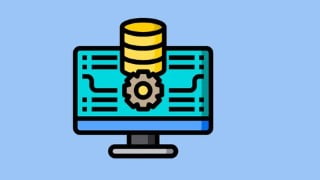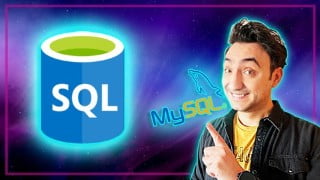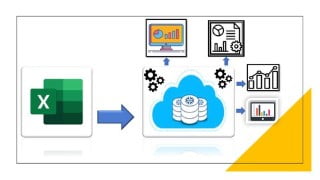Splunkable “Getting Data In” Splunk
This comprehensive course teaches you how to effectively collect, manage, and analyze data using Splunk, a leading data analytics platform. Gain valuable insights and enhance your skills in IT, security, and business operations. Enroll now!
What you’ll learn
- This course is designed to provide a comprehensive understanding of how to get data into Splunk
- The course will start by introducing the basics of Splunk and its architecture, including the different components of a Splunk deployment and the role of each
- We will then dive into the process of collecting, indexing, and managing data in Splunk.
- Students will learn how to set up data inputs and configure data sources, as well as best practices for data management such as data normalization, validation
This course is designed to provide a comprehensive understanding of how to get data into Splunk, a leading data analytics platform used for searching, analyzing, and visualizing large sets of data. The course will start by introducing the basics of Splunk and its architecture, including the different components of a Splunk deployment and the role of each component.
We will then dive into the process of collecting, indexing, and managing data in Splunk. Students will learn how to set up data inputs and configure data sources, as well as best practices for data management such as data normalization and data validation. The course will cover various data inputs such as syslog, network inputs, script inputs, and more.
Once students have a solid understanding of how to get data into Splunk, they will learn how to use Splunk’s powerful search and reporting features to gain insights from their data. This will include learning how to use Splunk’s search language, creating and saving searches, and creating and scheduling reports.
The course will also cover the creation and sharing of visualizations of the data. Students will learn how to create and customize dashboards, charts, and other visualization types using the Splunk web interface. Additionally, students will learn how to share their visualizations with others, as well as how to export data from Splunk.
By the end of the course, students will have a solid understanding of how to use Splunk to make sense of their data, including the ability to collect, index, and manage data, search and report on data, and create and share visualizations. This knowledge will be valuable for professionals in a variety of fields, including IT, security, and business operations.
Who this course is for:
- This course is designed to provide a comprehensive understanding of how to get data into Splunk, a leading data analytics platform used for searching, analyzing, and visualizing large sets of data.
User Reviews
Be the first to review “Splunkable “Getting Data In” Splunk”
You must be logged in to post a review.







There are no reviews yet.